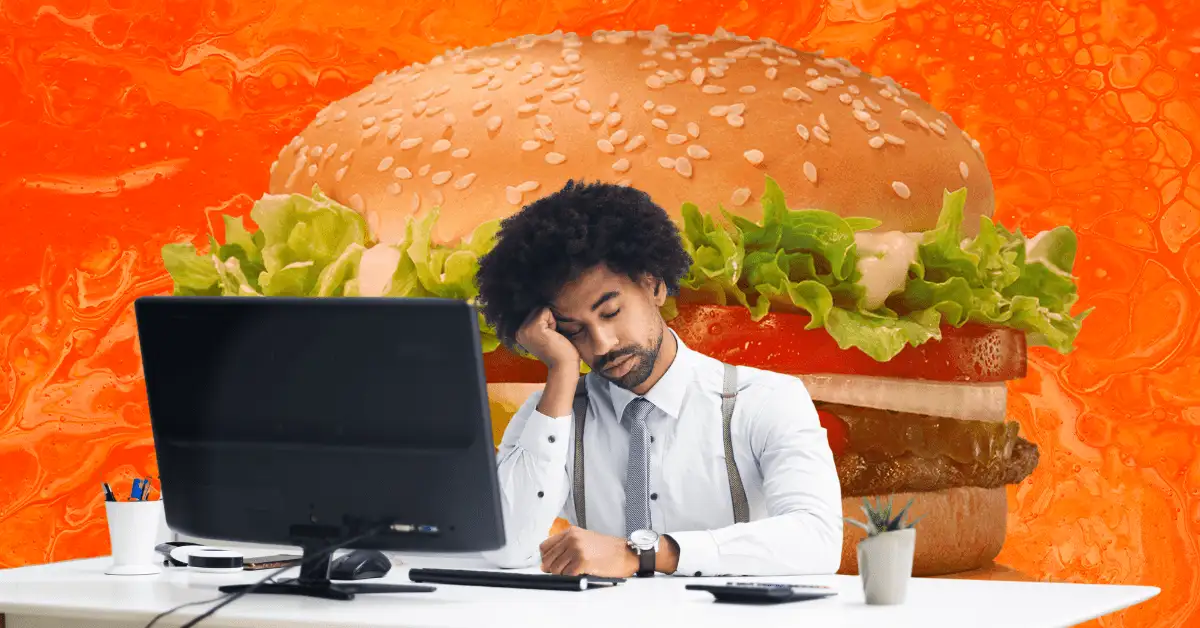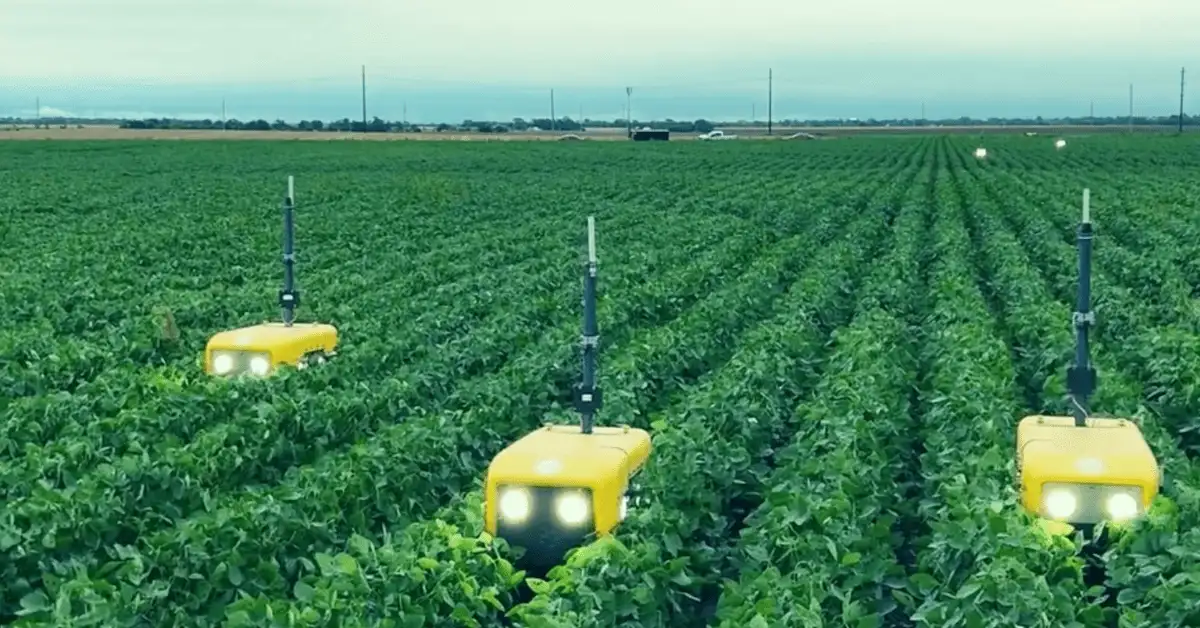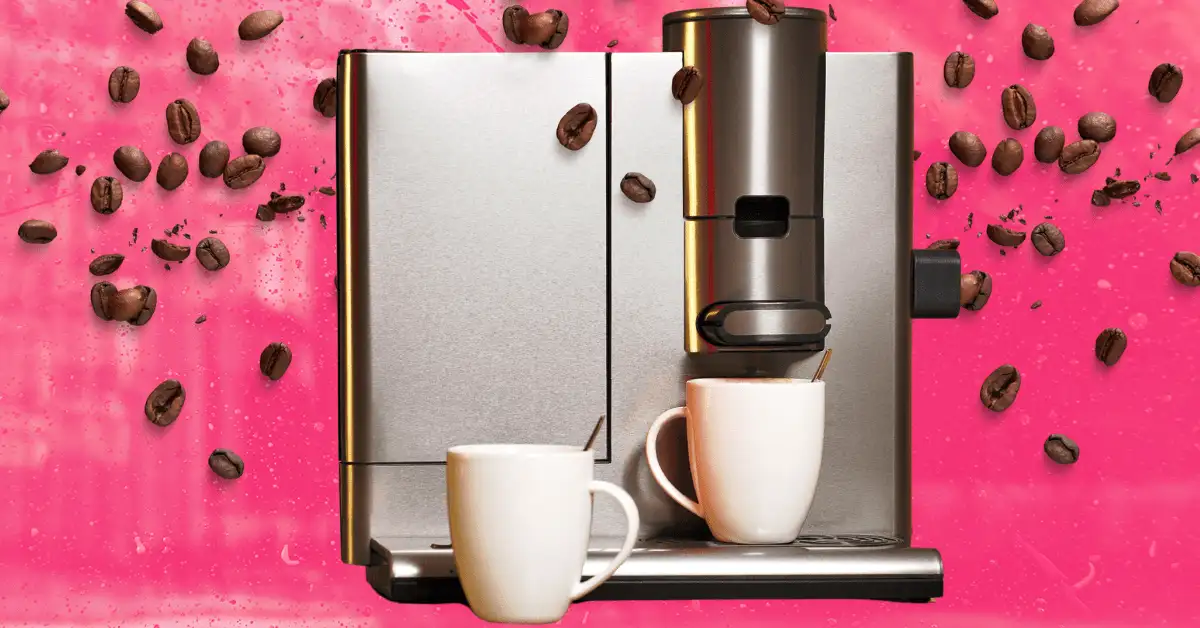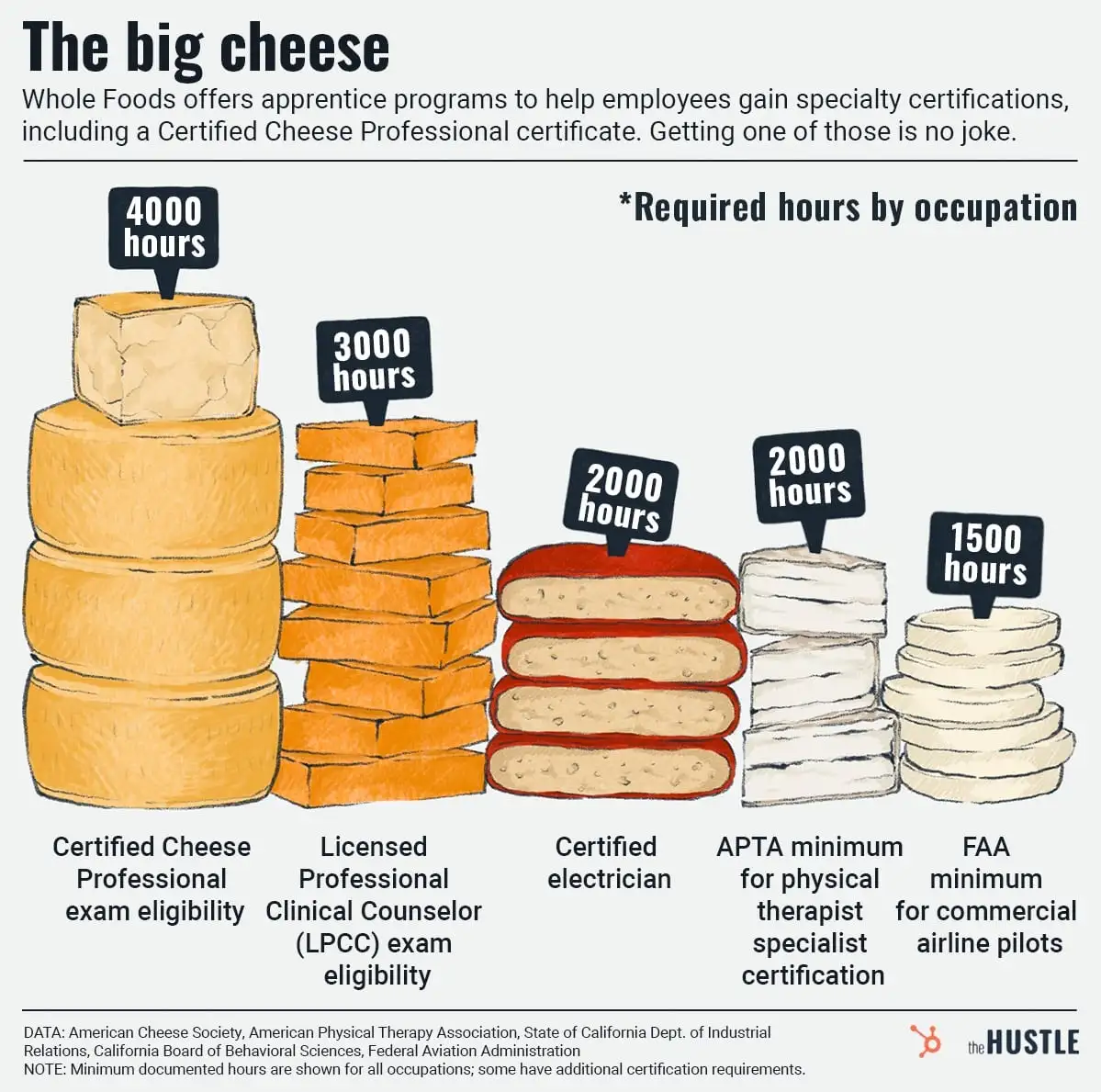
Cities are turning to vertical farms to keep their supply chains upright
As urban grocery stores struggle to stock enough produce for their customers, they’re finding a seedling of hope.
Published:
Updated:
Related Articles
-

-

Lab-grown meat to save the eels — and your sushi
-

Why, though? A beverage you can chew
-

The $5m lawsuit over a missing jack-o’-lantern face
-

Hungover? Burger King’s facial recognition tech has a deal for you
-

Chipotle’s love of robots continues with autonomous farming
-

A latte to think about: Coffee is coming home in 2024
-

Food brands are cooking up new offerings to pair with weight loss drugs
-

A sci-fi McDonald’s appears in Illinois
-

Career development could be an ace up Whole Foods’ sleeve


